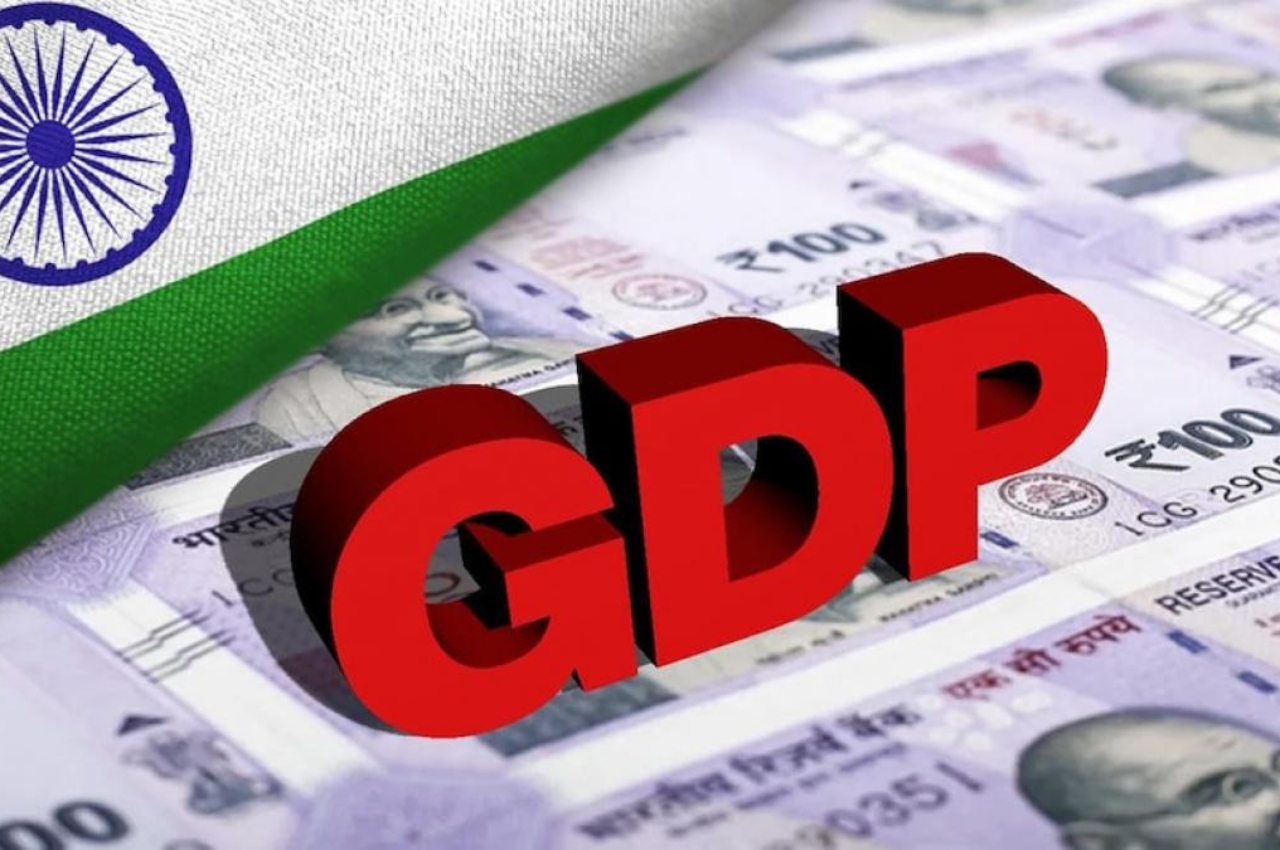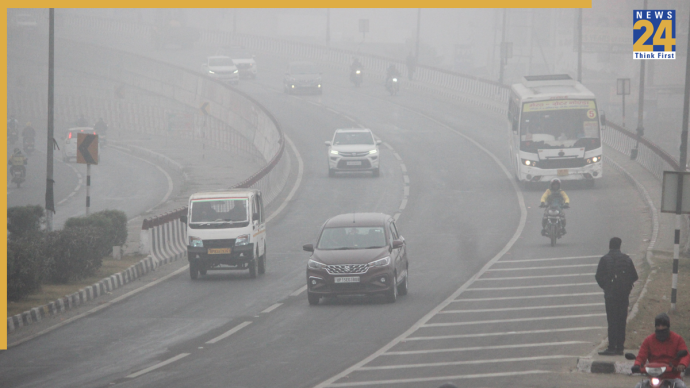India’s GDP Growth: S&P Global Ratings reduced India’s economic growth projection for the current fiscal year to 7% on Monday, but added that the country’s domestic demand-driven economy will be less affected by the recession in the rest of the world.
In September, S&P predicted that the Indian economy will expand by 7.3% in 2022–2023 and 6.5% in the next fiscal year (2023-24).
“The global slowdown will have less impact on domestic demand-led economies such as India… India’s output will expand 7 per cent in fiscal year 2022-2023 and 6 per cent in next fiscal year,” S&P Global Ratings Asia-Pacific chief economist Louis Kuijs said.
In 2021, the Indian economy expanded by 8.5%. S&P stated in its quarterly economic update for the Asia-Pacific region that some nations’ domestic demand recovery from COVID needs more time, and that this should help development in India the next year.
It predicted that the current fiscal year’s inflation would be 6.8% on average and that the RBI’s benchmark interest rate would increase to 6.25 percent by March 2023. The RBI has previously increased interest rates by 1.9 percentage points, to a three-year high of 5.9 percent, in an effort to curb price increases.
After maintaining high for the majority of the year, India’s wholesale and retail inflation decreased in October, primarily as a result of supply chain interruptions caused by the start of the Russia-Ukraine war in February. Last month, wholesale or WPI inflation was at a 19-month low of 8.39 percent while retail or CPI inflation dropped to a 3-month low of 6.7%.
Even after accounting for value adjustments, according to S&P, foreign reserves in Asian emerging markets have decreased in terms of exchange rates. By the end of March, it predicted that the currency rate will be Rs 79.50 to a dollar, down from the current Rs 81.77 to a dollar.
“In India, the decrease in foreign reserves of USD 73 billion through August was far and above losses attributable to valuation changes (of USD 30 billion). This implies that the central bank has made sizable interventions to support the Indian rupee,” it said.
S&P joins a number of other agencies that have cut their estimates for India’s economic growth for the current fiscal year, citing the downturn in the global economy, the conflict in the Ukraine and Russia, as well as domestic inflation and rising interest rates.
The IMF reduced its prediction for India’s growth from 7.4% to 6.8%, while the World Bank reduced its estimate by 100 basis points to 6.5 percent. The Asian Development Bank has also lowered its prediction from 7.5% to 7%. According to the RBI, economic growth will be 7% in the current fiscal year.
S&P stated that the Asia-Pacific region’s growth, while expected to remain muted in the near future, should pick up in 2023 as the government relaxes its COVID stance and the real estate market stabilises.
Other Asia-Pacific economies should contract next year as a result of slower global growth and rising interest rates. S&P does, however, anticipate continued solid GDP growth, according to Kuijs.












